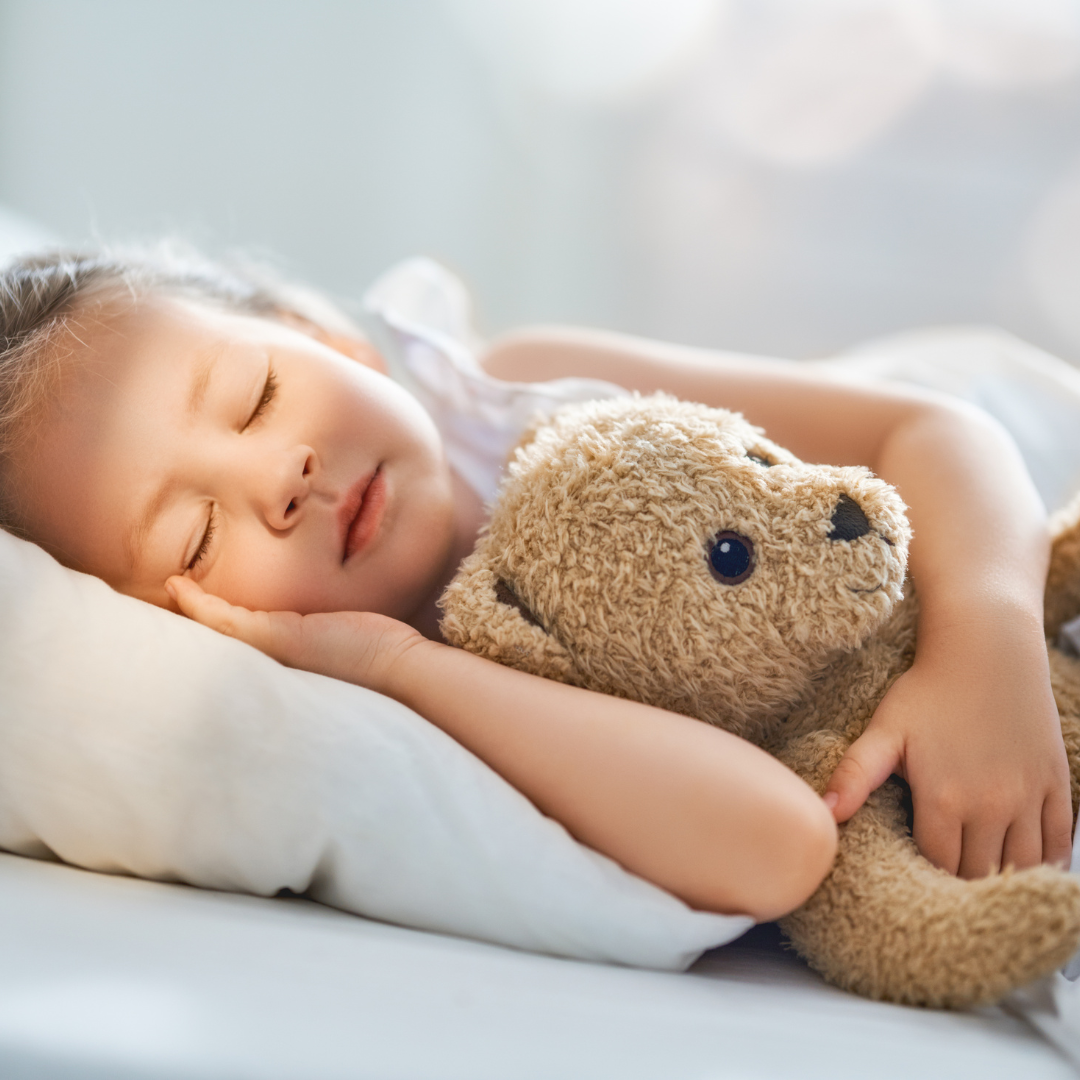Every parent knows the struggles of getting a child to nap or sleep through the night. Quality sleep is vital for children’s growth and development. Understanding sleep stages and creating a sleep-friendly environment can significantly enhance your child's restfulness. Here’s a comprehensive guide to optimizing your child's sleep, from understanding sleep stages to setting up the perfect sleep environment.
Understanding the Stages of Sleep
Sleep is divided into different stages, each serving a unique purpose in the rest and restoration process. Here's a breakdown of the stages of a typical sleep cycle:
-
Light Sleep:
- Duration: 1–5 minutes
- Characteristics: This is the transition phase between wakefulness and deeper sleep. It takes up about 5% of the sleep cycle and involves brief periods of being half-awake.
-
Deeper Sleep:
- Duration: 25 minutes initially, lengthening with each cycle
- Characteristics: This stage is where muscle relaxation occurs and is often when teeth grinding happens. It constitutes about 45% of the sleep cycle and is essential for physical restoration.
-
Deepest Non-REM Sleep:
- Duration: 20–40 minutes
- Characteristics: The most restorative stage, taking up 25% of the sleep cycle. This stage is challenging to wake from and can include sleepwalking or night terrors.
-
REM Sleep:
- Duration: 10 minutes in the first cycle, extending up to an hour in the final cycle
- Characteristics: The final 25% of the sleep cycle, characterized by vivid dreams and increased brain activity. It’s crucial for cognitive functions and emotional regulation.
Recommended Sleep Duration by Age
According to the CDC, children and adults require different amounts of sleep to function optimally:
- Toddler (1–2 years): 11–14 hours
- Preschool (3–5 years): 10–13 hours
- Elementary (6–12 years): 9–12 hours
- Teens (13–17 years): 8–10 hours
- Adults (18–60 years): 7+ hours
- Elders (61–64 years): 7–9 hours
- Seniors (65+ years): 7–8 hours
Tips for Better Sleep
Setting up an optimal sleep environment and maintaining good sleep habits are key to improving sleep quality. Here are some practical tips to help your child sleep better:
-
Establish a Consistent Sleep Schedule:
- Routine: Ensure your child goes to bed and wakes up at the same times every day. Consistency reinforces their body’s internal clock and makes falling asleep and waking up easier.
-
Avoid Screens Before Bed:
- Recommendation: Turn off electronic devices at least 30 minutes before bedtime. The blue light from screens can interfere with the production of melatonin, a hormone that regulates sleep.
-
Ensure Regular Physical Activity:
- Exercise: Make sure your child gets plenty of exercise during the day. Physical activity helps them fall asleep faster and enjoy deeper sleep.
-
Consider an Air Purifier:
- Benefits: An air purifier helps trap fine airborne contaminants and neutralizes household odors, creating a cleaner, healthier sleeping environment.
- Recommended Models:
- MA-25: Perfect for larger bedrooms, this model can be placed against the wall to save space.
- MA-14: Ideal for small spaces, such as nightstands, this compact purifier effectively filters the air without taking up much room.
- Utilize White Noise:
- Benefits:



